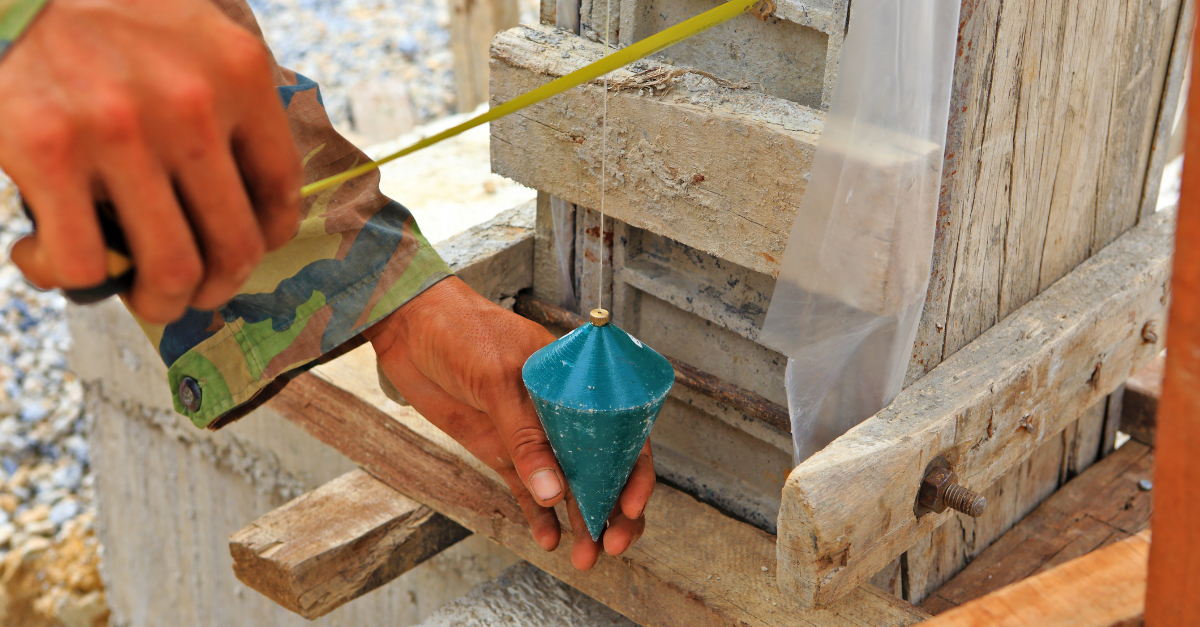Plumbline
In the vast world of construction and measurement tools, the plumbline stands out as a simple yet essential instrument. Used for centuries, it has played a crucial role in ensuring vertical alignment in structures. Let's delve into the history, types, usage, and cultural significance of the plumbline.
History of Plumbline Usage
Dating back to ancient civilizations, the plumbline was initially a weight attached to a string. Egyptians, Greeks, and Romans employed this tool to create perfectly vertical structures. The simplicity of its design made it a favorite among builders, and its usage spread worldwide.
Importance of Plumbline in Construction
The fundamental purpose of a plumbline is to determine the vertical alignment of a structure. In construction, it ensures that walls, pillars, and other components are perfectly perpendicular to the ground, contributing to the stability and aesthetics of the building.
Types of Plumbline
Traditional Plumbline
The traditional plumbline consists of a string with a weight attached at the end. Gravity pulls the weight straight down, allowing for precise vertical measurements. This classic design has stood the test of time and is still widely used today.
Digital Plumbline
In the era of technological advancements, digital plumblines have emerged. Equipped with sensors and digital displays, these tools provide real-time measurements, enhancing accuracy and efficiency in construction projects.
How to Use a Plumbline Correctly
Using a plumbline correctly is crucial for accurate measurements. Attach the weight to the string, ensuring it hangs freely. Place it against the surface to be measured, and observe if the string aligns with the center point. Adjustments can be made to achieve the desired vertical alignment.
Common Mistakes in Plumbline Usage
Despite its simplicity, mistakes can occur when using a plumbline. Common errors include not ensuring a taut string, ignoring environmental factors like wind, or misinterpreting the readings. Being aware of these pitfalls is essential for accurate results.
Plumbline vs. Other Leveling Tools
While the plumbline is a classic choice, other leveling tools like bubble levels and laser levels have gained popularity. Each tool has its advantages, and the choice depends on the specific requirements of the project.
Innovations in Plumbline Technology
In recent years, technological innovations have enhanced plumbline functionality. Laser-guided plumblines, smartphone-compatible models, and self-leveling features are some of the innovations that make the tool more versatile and user-friendly.
DIY Plumbline Making
For enthusiasts and DIYers, creating a simple plumbline at home can be a rewarding project. Using household items like a string and a weighted object, one can experiment with the principles of gravity and vertical alignment.
Safety Measures While Using Plumbline
While a plumbline is a relatively safe tool, precautions should be taken. Ensure the area is clear of obstacles, use sturdy strings, and be mindful of potential hazards. Following safety guidelines is crucial for injury prevention.
Plumbline in Art and Symbolism
Beyond construction, the plumbline has found its way into art and symbolism. Artists use its symbolism of precision and alignment to convey deeper meanings in their works. The plumbline's representation of balance resonates in various cultural contexts.
Famous Structures Built Using Plumbline
Many iconic structures around the world were built with the aid of plumblines. From ancient cathedrals to modern skyscrapers, the tool has been a constant companion in ensuring vertical perfection in architectural marvels.
Plumbline in Literature and Culture
The plumbline has also made its mark in literature and culture, becoming a metaphor for moral and ethical alignment. Its symbolism often appears in literature, indicating the need for balance and adherence to ethical standards.
Future Trends in Plumbline Technology
As technology continues to advance, the future of plumbline technology looks promising. Integration with augmented reality, further automation, and enhanced durability are anticipated trends that will shape the next generation of plumblines.
Conclusion: The Timeless Utility of the Plumbline
In conclusion, the plumbline remains an indispensable tool in the world of construction and measurement. Its historical significance, diverse applications, and symbolic value contribute to its timeless utility. Whether in the hands of a seasoned builder or a curious DIY enthusiast, the plumbline continues to guide us towards vertical perfection.
FAQs
Is a plumbline only used in construction?
- No, while its primary use is in construction, the plumbline has symbolic and artistic applications as well.
Can I make my own plumbline at home?
- Absolutely! DIY plumbline projects are simple and can be done using common household items.
Are digital plumblines more accurate than traditional ones?
- Digital plumblines offer real-time measurements, enhancing accuracy, but the choice depends on the specific requirements of the project.
Is using a plumbline safe?
- Generally, using a plumbline is safe, but it's essential to follow safety measures to prevent accidents.
How has technology influenced plumbline design?
- Technological advancements have led to innovations like laser-guided plumblines and self-leveling features, enhancing overall functionality.




Comments
Post a Comment